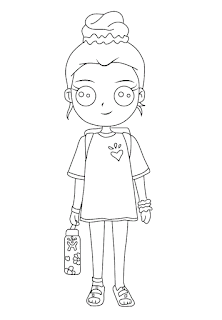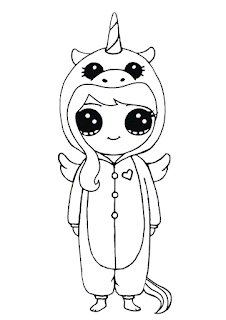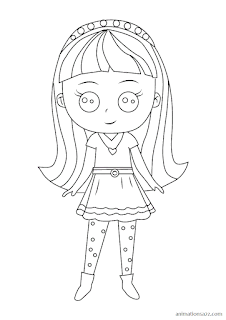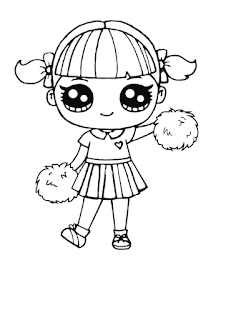Nylon Stockings Day is celebrated in May 15 every year, in honor of the nylon socks, which are available in a variety of fashionable colors, and also in the color of the skin when their goal is to be invisible.
The history of nylon stockings
Until 1890, socks made of woven fabric such as cotton, linen, wool or silk were worn to protect the feet from the cold.
In 1920, when the hem of the dresses began to be high, it became common for women to wear tights on their bare legs. The tights of these years were made of real or artificial silk.
In 1938, DuPont developed the nylon patent. In 1939 they began using it in the process of making tights. The nylon stockings arrived in stores in the US and were received with great enthusiasm. They were cheap, durable and comfortable and every day 4 million pairs were sold.
On February 11, 1942, with the entry of America into World War II, DuPont stopped manufacturing nylon socks and shifted its focus to the production of parachutes, mosquito nets, wire and rope for aircraft and more. The nylon stockings were collected from the shelves and returned for military use. They became a kind of symbol of civil sacrifice for the homeland and women were asked to donate the tights they already bought for "Uncle Sam". There was a mass shortage of tights and trade in them moved to the black market.
At the end of World War II DuPont resumed sock production but failed to meet the high demand, which led to riots in American stores. Over time, DuPont was able to increase its productivity.
# Tips
The most annoying thing about long nylon stockings (tights) is that they have a tendency to tear easily. Every small hole in a nylon sock can turn into a run in seconds. The way to deal with a hole in the sock and prevent it from developing is to apply clear nail polish on the hole. So every time you wear nylon stockings, take a clear nail polish with you in the bag in addition to an extra pair of tights.
What can you do with nylon socks that can no longer be used?
Torn nylon socks have many uses and it is a pity not to recycle them instead of throwing them in the trash. They can be used as packaging for delicate clothes in the laundry, which you don't want to get tangled up in other clothes. They can be used as dust filters, to wrap fruit on the tree to prevent birds from eating them or as a cover for insect repellents. They can be used as rags for cleaning dust and sinks, a strainer for paints, storing onions and garlic, tying climbing plants and more.
How to celebrate Nylon Stockings Day?
Today, nylon socks come in a variety of colors and styles. Show off your fashion sense with different styles of tights. Go to the nearest mall, or shop to buy a sock and use it this day. Share on social media using the hashtag #NylonStockingDay
May 15 is also Vascular Birthmarks Awareness Day and Chocolate Chip Day

































